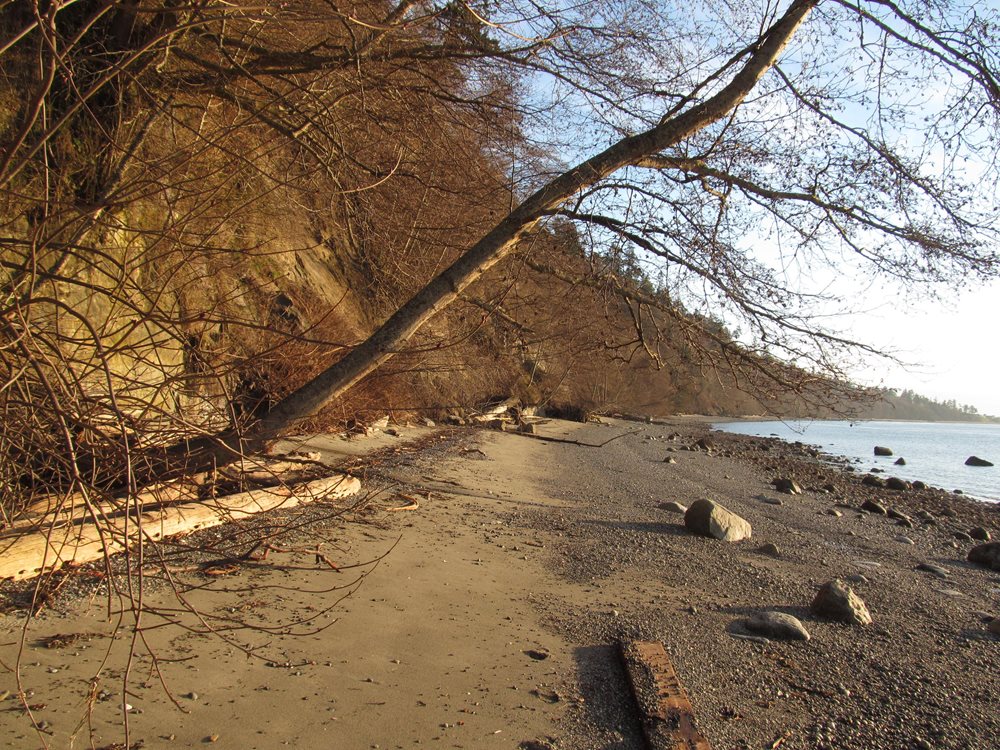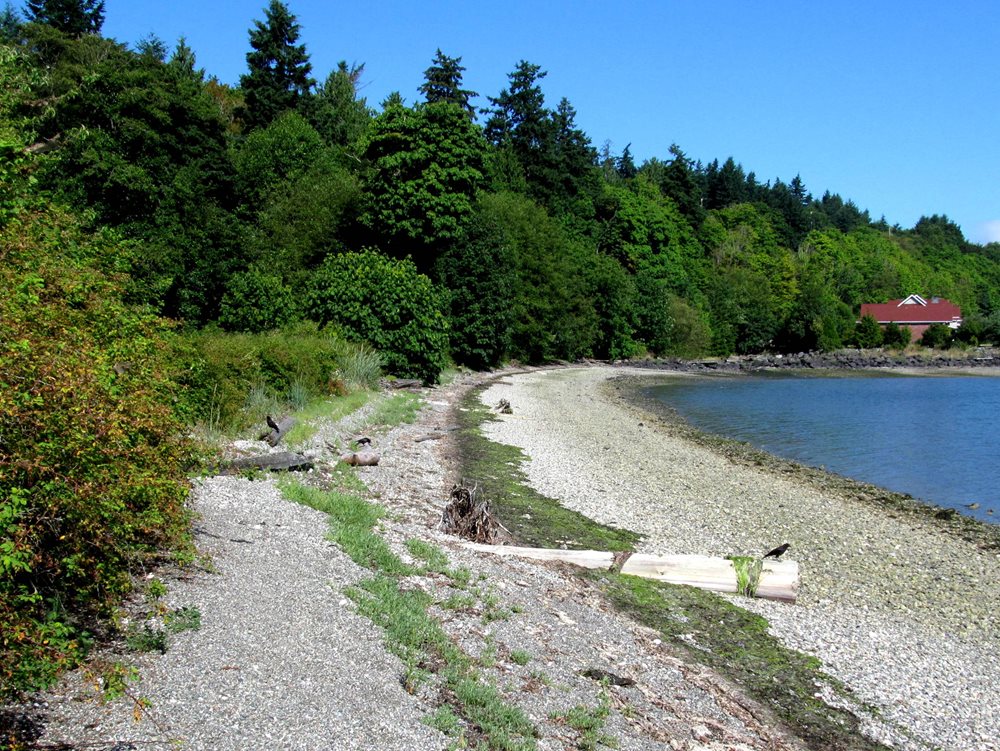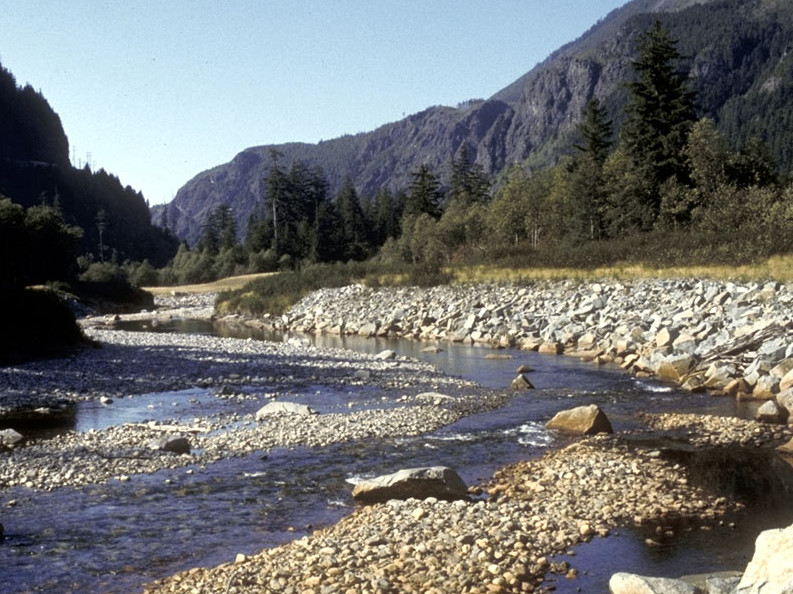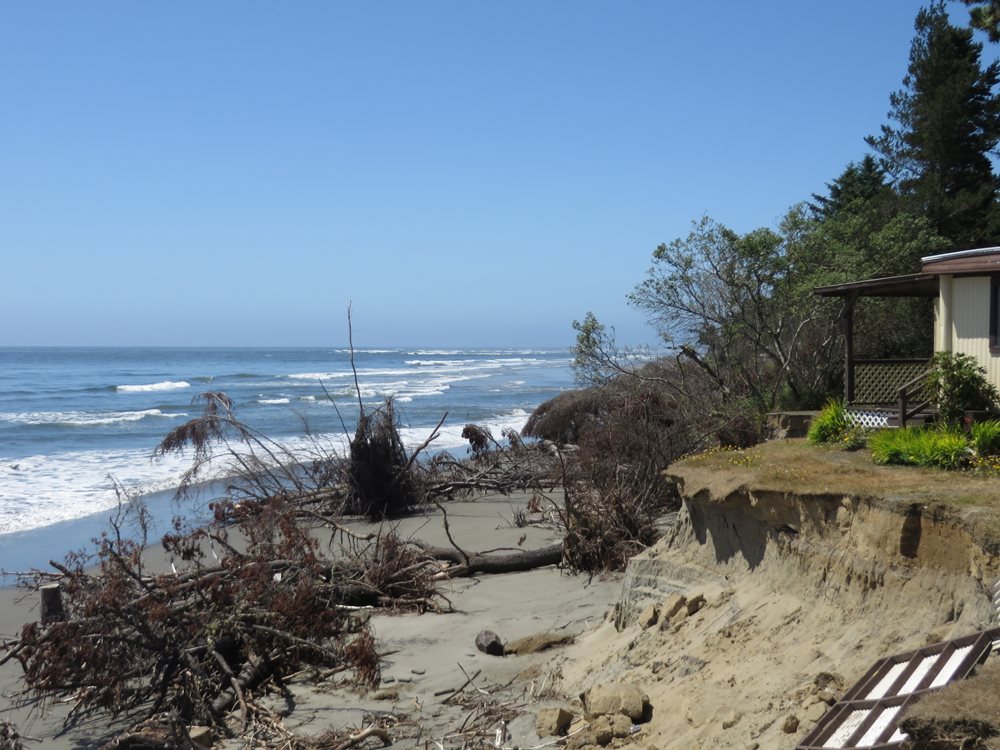Shoreline stabilization
Climate change and shoreline stabilization
Air & ClimatePlanning guidance for cities and counties
The state's shoreline master program (SMP) guidelines encourage shoreline development practices designed to reduce risk to property and avoid adverse environmental impacts. Locating new development out of erosion-prone areas as much as possible helps reduce the initial need for shoreline stabilization.
Where possible, we encourage soft shoreline stabilization techniques over hard armoring approaches such as revetments, bulkheads, and seawalls. Soft shoreline stabilization uses environmentally friendly techniques to protect property from shoreline erosion.
By providing policies that reduce erosion risks and by offering our local government partners technical assistance and regulatory guidance, we help communities reduce erosion risks while assuring the long-term protection of state shorelines.
What is shoreline stabilization?
Shoreline stabilization includes a wide range of activities carried out at the water’s edge to control erosion, or prepare shorelines for development. Stabilization generally uses hardened structures, built parallel to the shoreline, to protect soils and unstable banks from currents and waves. Stabilization is widespread, occurring on lakes, streams, and marine shorelines. Common stabilization methods include revetments, bulkheads, and seawalls.
More information
We work with local partners to provide guidance and technical assistance to reduce the impacts of erosion while maintaining and improving critical shoreline functions. We provide information, training materials, and assistance to local governments and property owners regarding shoreline stabilization. We also contribute to science and technical studies on shorelines.
Related links
Contact information
For information about specific shoreline master programs and questions about shoreline permitting, contact your shoreline permit reviewer.
For information regarding shoreline master program amendments, contact your shoreline planner.





